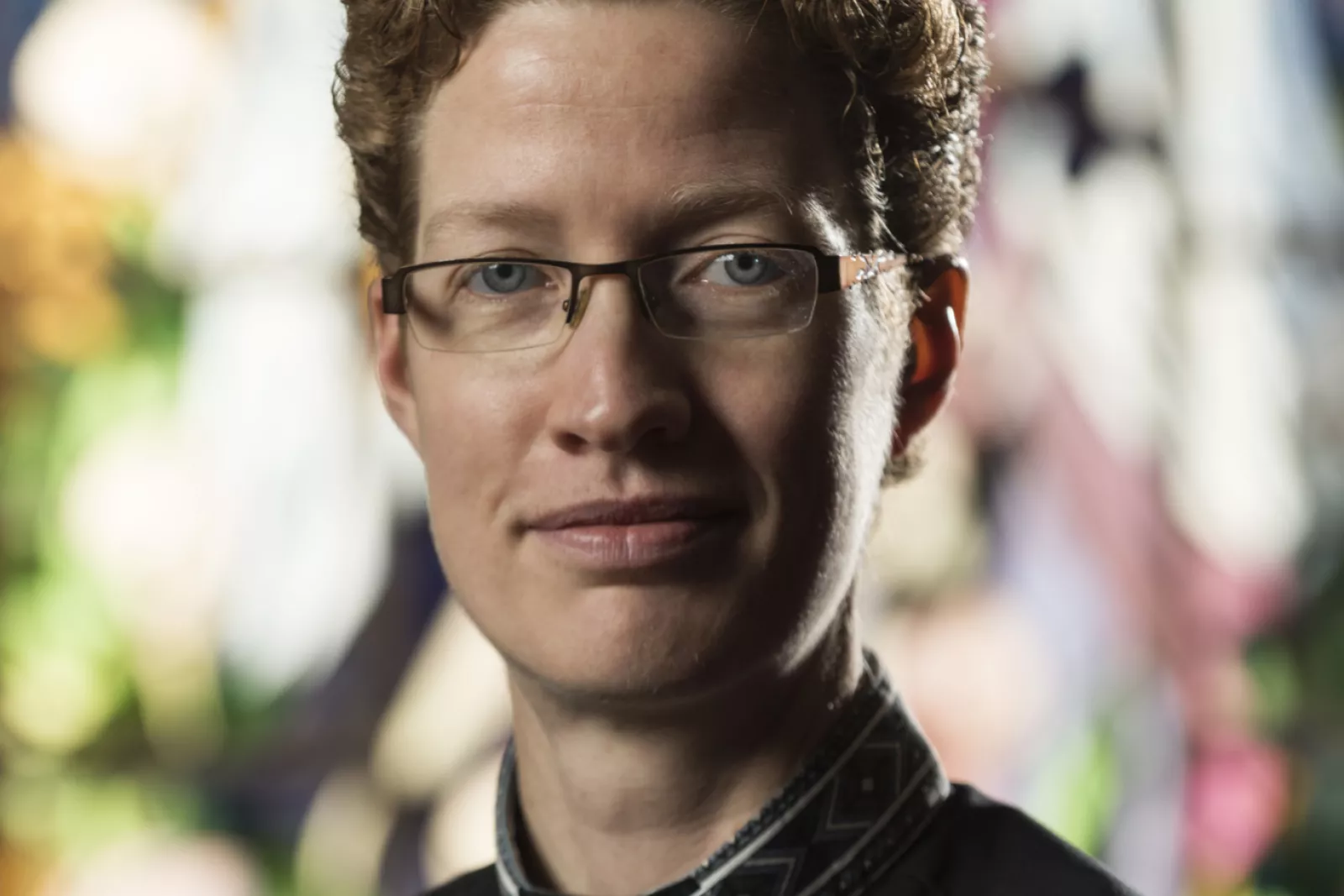Message from the chaplain - 5 May 2017

Acts 2:42-47 tells of how the disciples lived together as a community, after receiving the Holy Spirit at Pentecost. This description of Christian community serves as a model to us today.
In both the Roman Catholic and Anglican churches, religious communities have formed with the intention of living as the early disciples did. Usually, these are communities of monks or nuns living in community, and each community has a different charism, or gift. For example, the Dominicans formed as an order of preachers. Religious communities (also known as orders) are guided in their attempt to live as an Acts 2:42-47 community, by a religious Rule. Many orders have adopted the Rule of St Benedict, compiled by Benedict of Nursia. Each religious community’s rule emphasises the importance of prayer and of prayerful reading of the Scriptures. Indeed, the Rule of Benedict contains many quotations of Scripture.
Did you know: the spirituality of Anglicanism is based on the Rule of Benedict? For example, the Anglican Prayer Book (APB) contains a liturgy for the Daily Oce (Morning and Evening Prayer) adapted from one compiled by Archbishop Thomas Cranmer. These prayers have been adapted from the original monastic Benedictine cycle of seven occasions of prayer per day.
The Rule of St Benedict is a short Rule, and easy to read. Sr Joan Chittester, OSB (Order of St Benedict) has written very accessible books for everyday people, on how the Rule of St Benedict can enhance the spirituality of people who are not members of religious orders, such as you and me. I recommend Chittester’s The Rule of Benedict: Insights for the Ages (2009), in which she divides the Rule into short sections for daily reading over a five-month period, and complements each reading with suggestions for applying the reading to our lives.
The Rule of Benedict guides us in balancing prayer and work in our lives. In Benedict’s opening paragraph in the Prologue to the Rule, he states, “This message of mine is for you, then, if you are ready to give up your own will, one and for all, and armed with the strong and noble weapons of obedience to do battle for Jesus, the Christ” (p19).
Importantly, religious communities are not simply a part of the history of the church – there are religious communities all over the world today, including in South Africa. Within the Anglican Church in South Africa, to name two examples, there are the brothers of the Order of the Holy Cross, as well as the sisters of the Community of the Resurrection of our Lord, both situated in Grahamstown.
Revd Claudia Coustas
Related News

Little Saints News

Little Saints News

Little Saints News
